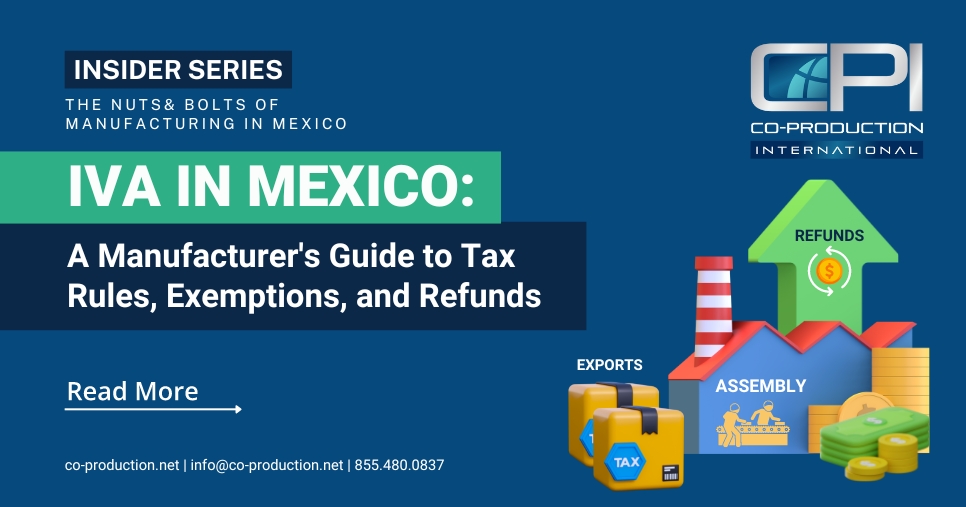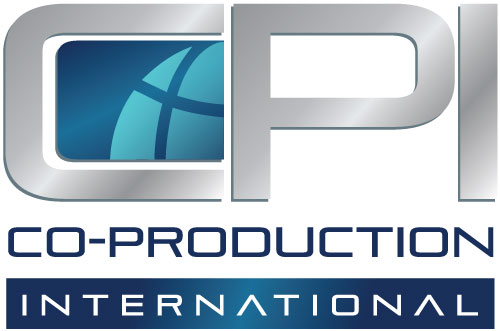For decades, the standard playbook for U.S. manufacturing companies was simple: chase the lowest unit cost in Asia. China’s list price for labor costs and production process might seem appealing, but it represents just a fraction of the total operating costs.
Today, relying on list price alone is a dangerous, high-risk strategy. The modern imperative for supply chain leaders is resilience and supply chain diversification, not just cost reduction. This shift means moving past the basic unit cost metric and adopting a holistic view: the Total Cost of Ownership (TCO).
This metric factors in the critical, hidden costs of geopolitical volatility, complex logistics, inventory risks, and regulatory uncertainty. For foreign companies looking to de-risk manufacturing in Mexico and achieve chain diversification, understanding TCO is the single most important step in justifying the investment. It helps you assess your overall risk assessment.
Co-Production International (CPI) guides manufacturing companies through this exact calculation, proving that the predictable, shielded environment of Mexico offers a superior long-term financial outcome compared to the unpredictable financial risks inherent in a distant Asian supply chain.
Unmasking the Three Hidden Costs of Asia
The significant difference between manufacturing operations in Mexico and Asia is not found in the initial labor costs—it’s found in the risk column. TCO forces executives to quantify this risk, giving them a competitive advantage.
1. The True Cost of Inventory and Transit Time
When sourcing from Asia, manufacturers often face transit times ranging from 6 to 12 weeks. This requires holding massive volumes of in-transit inventory to prevent supply chain disruptions, tying up critical capital.
- Inventory Holding Costs: TCO calculates the total cost of capital tied up in inventory, warehousing, insurance, and obsolescence over those weeks. For a high-volume manufacturer, this cost alone can eclipse the cost savings from Asia.
- Logistical Fragility: The distance creates high exposure to global freight volatility, port closures, and unexpected delays. Manufacturing in Mexico, conversely, allows for rapid truck and rail logistics, reducing transit time to days and freeing up capital immediately. The resulting reduction in Inventory Holding Costs is often the single biggest TCO win for nearshoring.
2. Geopolitical and Tariff Risk (Unpredictability)
- The predictability of cost is a core component of TCO. Geopolitical tensions between the U.S. and China have introduced tariffs and trade uncertainty that dramatically inflate the total cost of goods produced in Asia.
Tariff Exposure: Sudden tariff changes can wipe out years of cost savings overnight. The TCO must account for the high probability of duties ranging from 10% to 25% or more.
- The USMCA Shield: Manufacturing operations in Mexico under the USMCA (United States-Mexico-Canada Agreement) provide a crucial shield against these external tariff risks. Goods produced in Mexico often qualify for duty-free entry into the U.S. market, providing a stable cost structure that China simply cannot guarantee.
3. The Cost of Legal Uncertainty and IP Protection
For manufacturers of high-value or innovative products or services, the cost of regulatory non-compliance and intellectual property (IP) loss must be included in the TCO.
While the legal framework in Mexico is robust, navigating it requires specialized knowledge. Attempting a Greenfield operation (starting without a local partner) introduces high operating costs associated with fines, labor disputes, and slow bureaucratic processes. Furthermore, foreign companies continue to cite inadequate IP protection and enforcement as a major risk when operating in certain Asian territories.
The TCO model mandates that manufacturing companies quantify the total cost of legal defense and the financial impact of IP infringement.

How the Mexico Shelter Program Reduces TCO
The Mexico shelter services model is not just an administrative service; it is the most effective tool for de-risking Mexico investment and securing a superior TCO. By transferring liability and centralizing non-core functions, the shelter program systematically reduces the hidden costs analyzed above.
Operational Certainty: Absorbing Labor and Regulatory Liability
The greatest source of unexpected cost in foreign operations is regulatory non-compliance. A shelter program partner like CPI assumes the full administrative burden, including:
- Labor Compliance: Handling all local labor costs, payroll, hiring, and employee management. This eliminates the risk of costly disputes and penalties for the client.
- Regulatory Setup: Managing permits, licenses, tax registrations, and maintaining good standing with Mexican authorities. This accelerates the time-to-market and prevents operational delays, a critical TCO saving.
By operating under the protection of the shelter program, the manufacturer focuses 100% on manufacturing processes quality, drastically minimizing the administrative risk component of the TCO.
2. Securing Guaranteed Infrastructure (A-Grade Facilities)
A massive emerging cost risk is infrastructure fragility, particularly energy reliability. The national grid challenges necessitate a strategic focus on property selection.
CPI addresses this TCO component by securing A-Grade industrial property Mexico that ensures operational continuity:
- Guaranteed Power Industrial Facilities: The shelter program partners with clients to locate or develop facilities that have access to redundant power sources or private substations, shielding the manufacturing facility from grid instability.
- High-Value Property Specs: Manufacturing facilities are selected based on the needs of high-value manufacturing (e.g., specific clear height, floor reinforcement) to prevent costly structural modifications and downtime.
3. Building the R&D Talent Pipeline
The TCO equation also includes the cost of quality and innovation. For true competitive advantage, manufacturing companies need more than just general assembly workers.
CPI helps reduce the long-term TCO by focusing on high-value recruitment:
- Access to Specialized Talent: Facilitating the hiring and retention of Mexico engineering talent and supporting the creation of R&D centers Mexico manufacturing. This capability shifts the total cost from a basic labor costs calculation to an investment in intellectual capital, justifying higher long-term profitability.
Conclusion: The Path to Operational Certainty
The debate is over: TCO is the superior metric for modern supply chain decisions. While the list price in Asia may appear lower, the accumulated total cost of logistics, risk volatility, and administrative overhead ultimately prove more expensive and less predictable.
Manufacturing operations in Mexico under the strategic guidance of a trusted shelter services provider offers not just proximity, but a structured environment for reducing the most dangerous costs facing global supply chains today. This strategy provides a distinct competitive advantage.
Ready to transition your manufacturing strategy from high-risk potential to operational certainty?
Don't just locate in Mexico—de-risk your operation with CPI.
Click here to schedule your manufacturing risk assessment with Co-Production International.

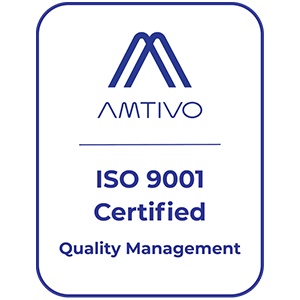


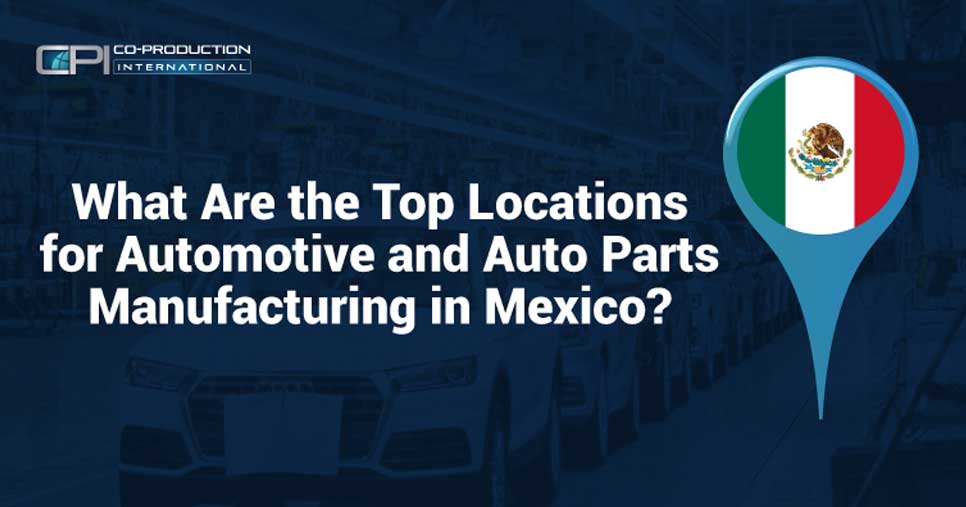
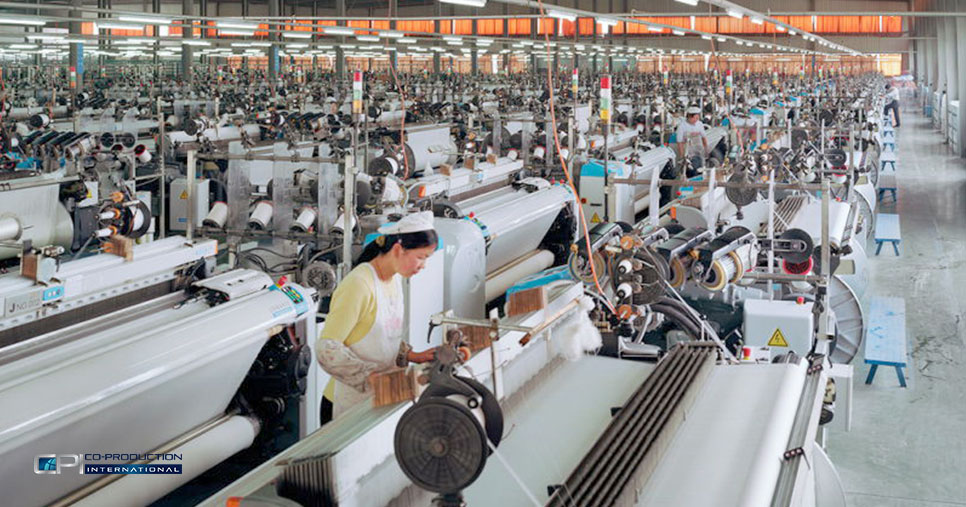
.png)
